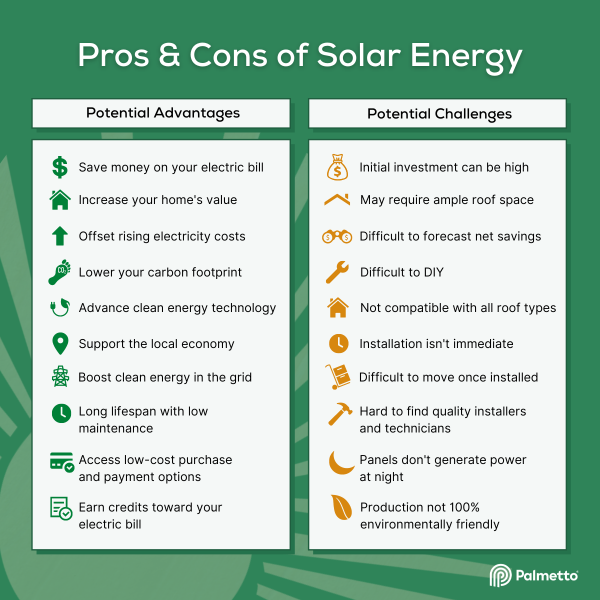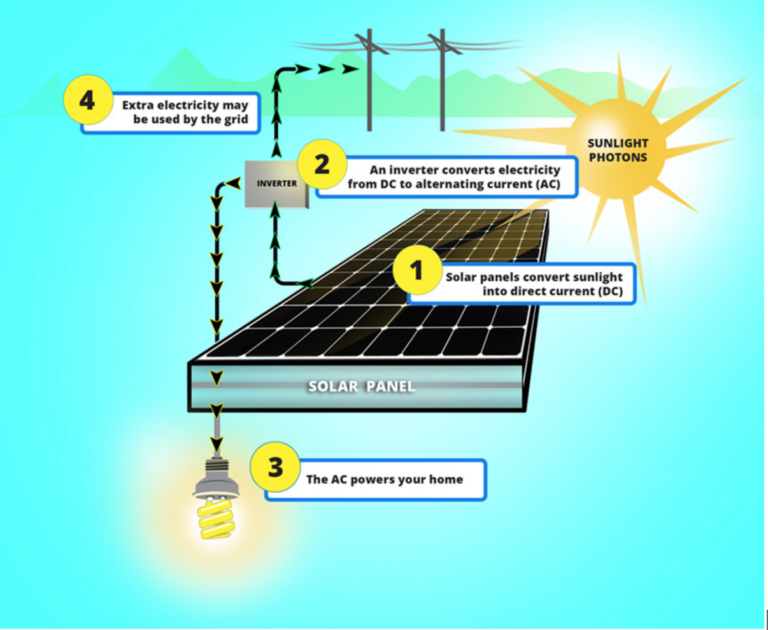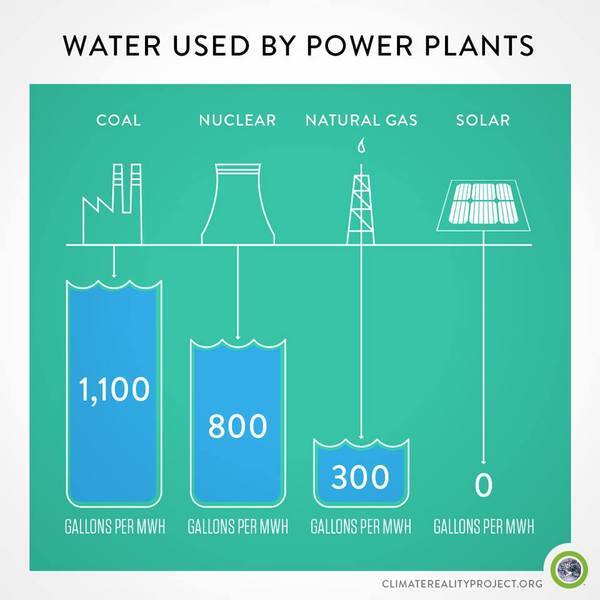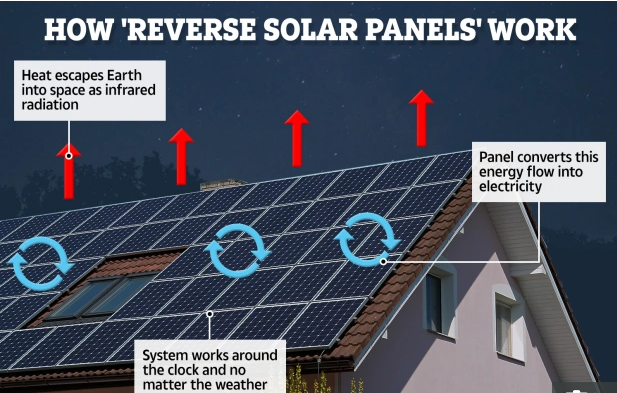How Does Solar Energy Reduce Greenhouse Gases?
Did you know that solar energy is not only a clean and renewable source of power, but it also plays a crucial role in reducing greenhouse gas emissions? In this article, we’ll explore how solar energy helps combat climate change and why it’s an essential part of our sustainable future.
Solar energy refers to the energy harnessed from the sun’s rays, which are converted into usable electricity or heat. By using solar panels, we can generate electricity without burning fossil fuels, which is the main culprit behind greenhouse gas emissions. But how does solar energy achieve this remarkable feat?
When solar panels absorb sunlight, they produce electricity through a process called photovoltaics. This means that we can power our homes, businesses, and even vehicles by tapping into this clean and abundant energy source. By shifting to solar power, we can significantly reduce our reliance on fossil fuels, thereby lowering greenhouse gas emissions and curbing the effects of climate change.
Installing solar panels not only helps households and businesses save money on energy bills but also contributes to a healthier and more sustainable environment. By harnessing the power of the sun, we can actively reduce greenhouse gases and pave the way for a cleaner, greener future for all. So let’s dive deeper into how solar energy reduces greenhouse gases and why it’s such an important solution to combat climate change.
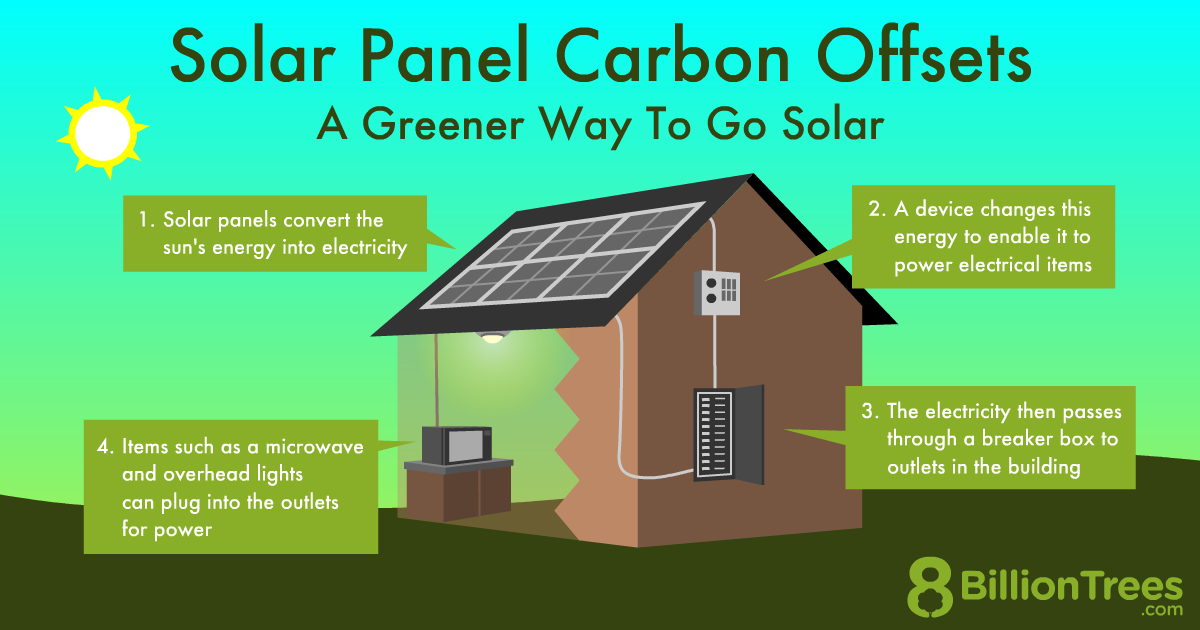
How Does Solar Energy Reduce Greenhouse Gases?
Solar energy is a clean and renewable source of power that has gained significant attention in recent years due to its positive impact on the environment. In this article, we will explore how solar energy helps reduce greenhouse gases, which are the primary drivers of climate change. By harnessing the power of the sun, solar energy offers a sustainable alternative to traditional energy sources, such as fossil fuels. Let’s dive into the details and discover how solar energy plays a crucial role in reducing greenhouse gas emissions.
Benefits of Solar Energy in Reducing Greenhouse Gases
Solar energy offers numerous benefits when it comes to reducing greenhouse gas emissions. Here are three key ways in which solar energy helps combat climate change:
1. Renewable Energy Source: Solar energy relies on the abundant and free power of the sun, making it a renewable energy source that does not deplete natural resources. Unlike fossil fuels, which release carbon dioxide when burned, solar energy harnesses the sun’s rays through solar panels, converting them into electricity without any harmful emissions. By utilizing solar power instead of fossil fuels, we can significantly reduce greenhouse gas emissions and combat climate change.
2. Decreased Dependence on Fossil Fuels: Solar energy reduces our dependence on fossil fuels, the primary culprits when it comes to greenhouse gas emissions. Fossil fuel combustion releases carbon dioxide, methane, and other greenhouse gases into the atmosphere, exacerbating the greenhouse effect and global warming. By embracing solar energy, we can decrease our reliance on fossil fuels for electricity generation, thus reducing greenhouse gas emissions and mitigating their impact on the environment.
3. Net Carbon Neutral or Negative: The use of solar energy helps achieve carbon neutrality or even a net-negative carbon footprint. This is possible through the concept of net metering and the installation of solar panels. Net metering allows excess solar power to be fed back into the grid, offsetting the consumption of non-renewable energy sources. In some cases, solar energy systems generate more electricity than needed, resulting in a surplus that can be credited or sold, further reducing carbon emissions.
In addition to these benefits, solar energy offers advantages such as job creation, energy independence, and the potential for cost savings. By embracing solar power, we take a significant step towards reducing greenhouse gases and creating a sustainable future for generations to come.
The Role of Solar Energy in Electricity Generation
Solar energy plays a vital role in reducing greenhouse gas emissions through the generation of electricity. Traditional methods of electricity generation, such as burning fossil fuels, contribute to greenhouse gas emissions. In contrast, solar energy harnesses the sun’s rays as a direct source of power, eliminating the need for fossil fuel combustion.
1. Photovoltaic (PV) Systems: Solar panels, also known as photovoltaic (PV) systems, convert sunlight directly into electricity. When sunlight hits the solar panels, the photovoltaic cells within the panels absorb the energy and generate an electric current. This process ensures that solar energy is harnessed without any emissions of greenhouse gases. As a result, solar energy significantly reduces the carbon footprint associated with electricity generation.
2. Concentrated Solar Power (CSP): In addition to PV systems, concentrated solar power (CSP) is another method of harnessing solar energy for electricity generation. CSP uses mirrors or lenses to concentrate sunlight onto a receiver, which heats up a fluid or produces steam. This steam is then used to drive turbines and generate electricity. Like PV systems, CSP eliminates the need for fossil fuels and contributes to reducing greenhouse gas emissions.
3. Energy Storage Solutions: One challenge with solar energy is its intermittency. The sun is not always shining, making it necessary to store excess energy for use during cloudy days or at night. Energy storage solutions, such as batteries, are a crucial component of solar energy systems. These batteries allow for the storage of excess energy generated during peak sunlight hours, ensuring a continuous supply of clean energy without relying on non-renewable sources. By integrating energy storage solutions, solar energy becomes a reliable and sustainable option for reducing greenhouse gas emissions associated with electricity generation.
Overall, solar energy plays a critical role in reducing greenhouse gas emissions by providing a clean, renewable, and sustainable solution to electricity generation. By harnessing the power of the sun, we can minimize our reliance on fossil fuels and make substantial progress in combatting climate change.
Environmental Impact of Solar Energy
Solar energy has a significantly lower environmental impact compared to traditional energy sources. Let’s explore the environmental benefits of solar energy in further detail:
1. Reduced Air Pollution: One of the most significant environmental benefits of solar energy is the reduction in air pollution. Traditional energy sources, such as coal and natural gas, emit pollutants into the air when burned, contributing to poor air quality and respiratory issues. Solar energy, on the other hand, generates electricity without any emissions, effectively reducing the release of harmful pollutants into the atmosphere. By transitioning to solar energy, we can improve air quality and reduce the negative health impacts associated with air pollution.
2. Water Conservation: Traditional electricity generation often requires large amounts of water for cooling purposes, which can strain local water resources and harm aquatic ecosystems. Solar energy systems, however, do not require water for operation, making them more water-efficient. This water conservation aspect of solar energy is particularly advantageous in regions experiencing water scarcity or drought conditions. By embracing solar energy, we can minimize water usage and help preserve this valuable resource.
3. Land Use Efficiency: Solar energy systems can be installed on rooftops, open fields, or even on elevated structures, making efficient use of available space. Unlike conventional power stations, solar energy systems do not require extensive land clearing or large-scale infrastructure development. By utilizing existing space for solar panels, we avoid habitat destruction and preserve biodiversity. This land use efficiency is a valuable attribute of solar energy, as it allows us to reduce the environmental impact associated with energy generation.
In addition to these environmental benefits, solar energy also contributes to mitigating the effects of climate change by reducing greenhouse gas emissions. By transitioning to solar energy, we can take a proactive stance in protecting our planet and ensuring a sustainable future for future generations.
Solar Energy in Transportation: An Alternative to Fossil Fuels
Transportation is another sector where solar energy can greatly contribute to reducing greenhouse gas emissions. The widespread adoption of electric vehicles (EVs) powered by solar energy has the potential to revolutionize the transportation industry. Here’s how solar energy can be harnessed for sustainable transportation:
1. Solar-Powered Electric Vehicles: Electric vehicles are gaining popularity as a greener alternative to traditional gasoline-powered cars. By charging electric vehicles using solar energy, we can eliminate the need for fossil fuels in transportation. Solar panels installed on rooftops, carports, or other suitable surfaces can generate electricity to power the charging stations for electric vehicles. This combination of solar energy and electric vehicles offers a more sustainable and climate-friendly mode of transportation.
2. Solar Highways and Roadways: Innovative technologies have emerged that transform highways and roadways into energy-generating surfaces. Solar panels can be embedded into the road surface, capturing the sun’s energy and converting it into electricity. This power can be used to light up the roads, power electric vehicles, or be fed back into the grid. By utilizing solar highways and roadways, we can reduce dependence on fossil fuels and decrease greenhouse gas emissions associated with transportation.
3. Solar-Powered Public Transportation: Solar energy can also be utilized for powering public transportation systems, such as buses and trains. Solar panels installed on the rooftops of these vehicles can generate electricity to power their operations, reducing the reliance on fossil fuels. Additionally, solar energy can be used to charge electric buses at dedicated solar charging stations, offering a cleaner and more sustainable transportation option.
With its versatility and potential to generate clean energy, solar power has the ability to revolutionize the transportation sector and significantly reduce greenhouse gas emissions. By embracing solar energy in transportation, we can pave the way for a greener and more sustainable future.
In conclusion, solar energy plays a crucial role in reducing greenhouse gas emissions and combating climate change. Through its renewable nature, decreased dependence on fossil fuels, and environmental benefits, solar energy offers a sustainable and clean alternative to traditional energy sources. By harnessing the power of the sun for electricity generation and transportation, we can significantly reduce greenhouse gas emissions and pave the way for a more sustainable future. It is imperative that we continue to embrace and invest in solar energy as a key solution to mitigate the impacts of climate change.
Key Takeaways: How Does Solar Energy Reduce Greenhouse Gases?
– Solar panels capture sunlight and convert it into electricity without producing greenhouse gases.
– By using solar energy instead of fossil fuels, we can reduce the amount of harmful emissions released into the atmosphere.
– Solar power can help decrease our reliance on coal, oil, and natural gas, which are major contributors to greenhouse gas emissions.
– Switching to solar energy can play a crucial role in combating climate change and protecting the environment for future generations.
Frequently Asked Questions
Welcome to our FAQ section on how solar energy reduces greenhouse gases! Solar energy is a renewable and clean source of power that helps combat climate change by reducing the emission of greenhouse gases. In this section, we will address some common questions about how solar energy contributes to reducing greenhouse gases.
Q1: How does solar energy reduce greenhouse gases?
Solar energy reduces greenhouse gases by generating electricity without burning fossil fuels, which are the primary source of these emissions. When sunlight hits solar panels, it is converted into electricity through a process called the photovoltaic effect. This electricity can power homes, businesses, and even electric vehicles, reducing our reliance on fossil fuel-based power sources.
By using solar energy instead of fossil fuels, we decrease the demand for coal, oil, and natural gas, which are major contributors to greenhouse gas production. Solar energy is considered a clean energy source because it produces zero emissions during operation, and its production has a smaller carbon footprint compared to conventional sources. This means that the use of solar energy helps to mitigate climate change and reduce the amount of greenhouse gases released into the atmosphere.
Q2: Can solar energy reduce greenhouse gas emissions from transportation?
Yes, solar energy can contribute to reducing greenhouse gas emissions from transportation. The adoption of solar-powered electric vehicles (EVs) helps to lower the demand for gasoline and diesel, which are fossil fuels that release carbon dioxide into the atmosphere. By using solar energy to charge EVs, we can significantly reduce emissions associated with transportation.
Solar-powered charging stations can utilize the sun’s energy to recharge EVs, reducing the need for electricity generated from fossil fuel sources. This not only helps to reduce greenhouse gas emissions but also promotes sustainable transportation options that are cleaner for the environment.
Q3: How does solar energy help reduce emissions from residential buildings?
Solar energy helps reduce emissions from residential buildings by providing a renewable and clean alternative to traditional electricity generation. When homeowners install solar panels on their roofs, they can generate their own electricity from the sun. This means that less electricity needs to be drawn from the grid, which often relies on fossil fuel sources.
By producing their own solar energy, homeowners can lower their carbon footprint and reduce greenhouse gas emissions associated with residential energy use. Additionally, excess energy produced by solar panels can be fed back into the grid, providing clean power to other households and reducing the overall demand for fossil fuel-generated electricity.
Q4: Does solar energy replace fossil fuels entirely?
While solar energy has the potential to play a significant role in reducing our reliance on fossil fuels, it is unlikely to replace them entirely. Solar energy is a valuable renewable resource that can provide sustainable and clean power, but it has limitations, such as intermittent availability and the need for energy storage solutions.
To achieve a sustainable energy future, a diverse mix of energy sources, including solar, wind, hydro, geothermal, and even some forms of cleaner fossil fuel technologies, may be necessary. However, by increasing the use of solar energy, we can significantly reduce greenhouse gas emissions and move towards a more sustainable energy system.
Q5: Are there any other environmental benefits of using solar energy?
Absolutely! In addition to reducing greenhouse gas emissions, solar energy offers several other environmental benefits. First, solar panels produce electricity without generating air or water pollution, reducing harm to ecosystems. Second, using solar energy reduces dependence on finite fossil fuel resources, helping to preserve them for future generations.
Moreover, solar energy can contribute to job creation, stimulate local economies, and improve energy security by diversifying our energy sources. By harnessing the power of the sun, we can transition towards a more sustainable and resilient energy system that benefits both the environment and society as a whole.
Summary
Solar energy is a powerful tool in the fight against greenhouse gases. By harnessing the sun’s energy, we can generate electricity without emitting harmful pollutants. This helps to reduce the amount of greenhouse gases, like carbon dioxide, in the atmosphere, which contribute to climate change. Solar energy is clean, renewable, and abundant, making it a sustainable solution for our energy needs. By investing in solar power, we can protect the planet and create a healthier and more sustainable future for ourselves and future generations.
Solar energy also reduces our reliance on fossil fuels, such as coal and oil, which release greenhouse gases when burned. By transitioning to solar power, we can decrease our carbon footprint and mitigate the effects of climate change. Additionally, solar panels can be installed on rooftops, utilizing space that would otherwise go unused. This decentralized approach to energy production reduces the need for long-distance transmission and makes our energy system more efficient. With the increasing affordability and accessibility of solar technology, more individuals and communities can take part in the clean energy revolution and contribute to a greener and more sustainable world.

